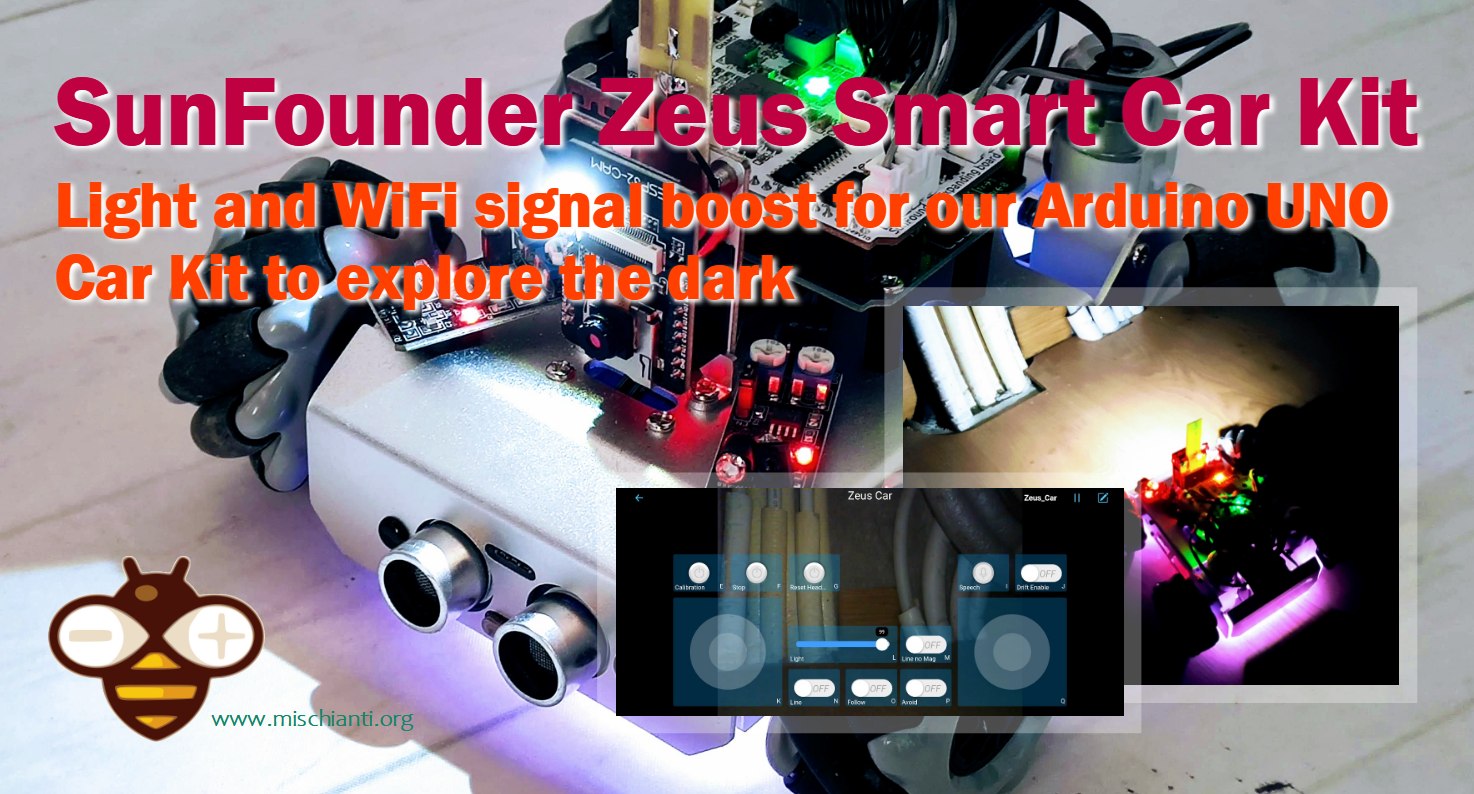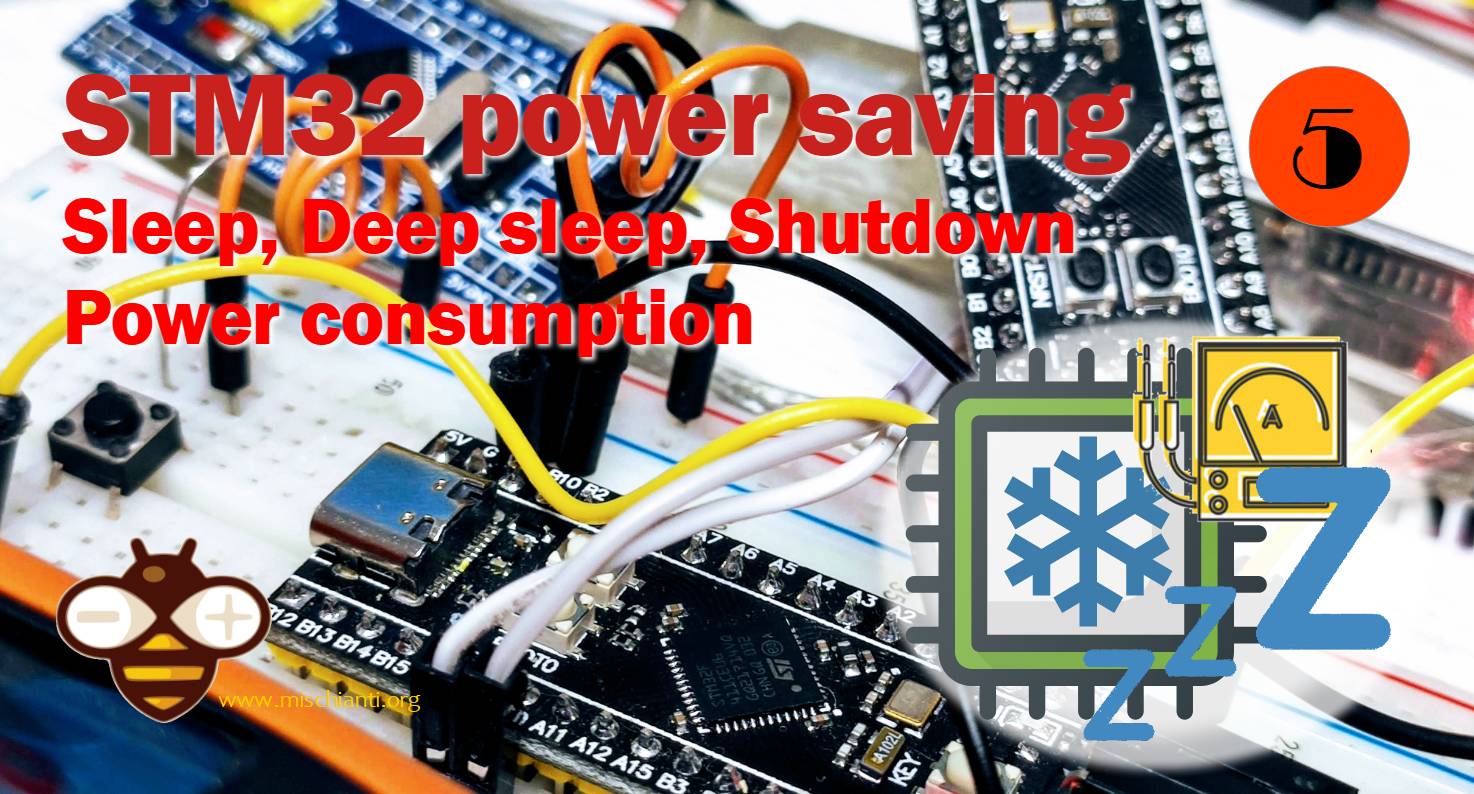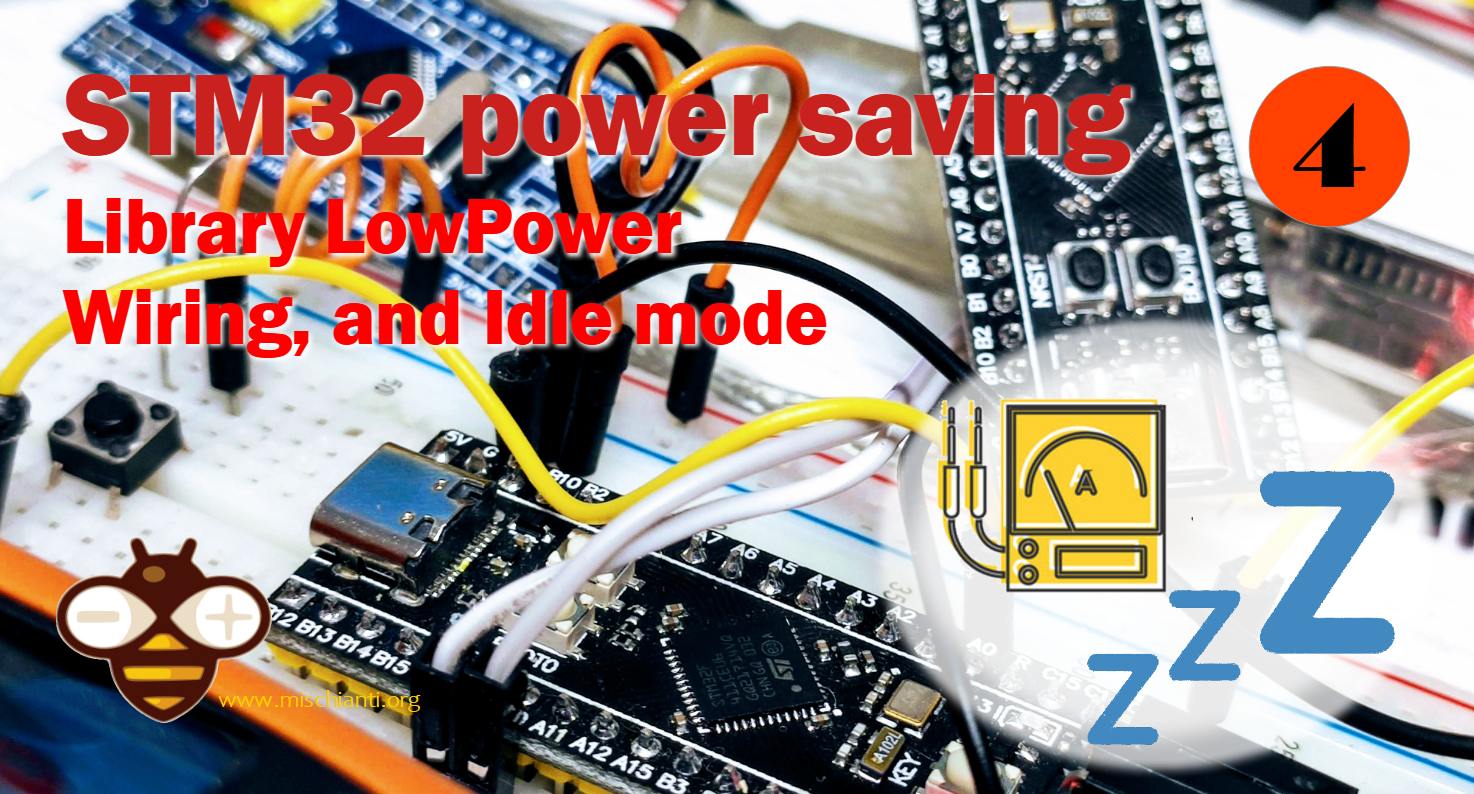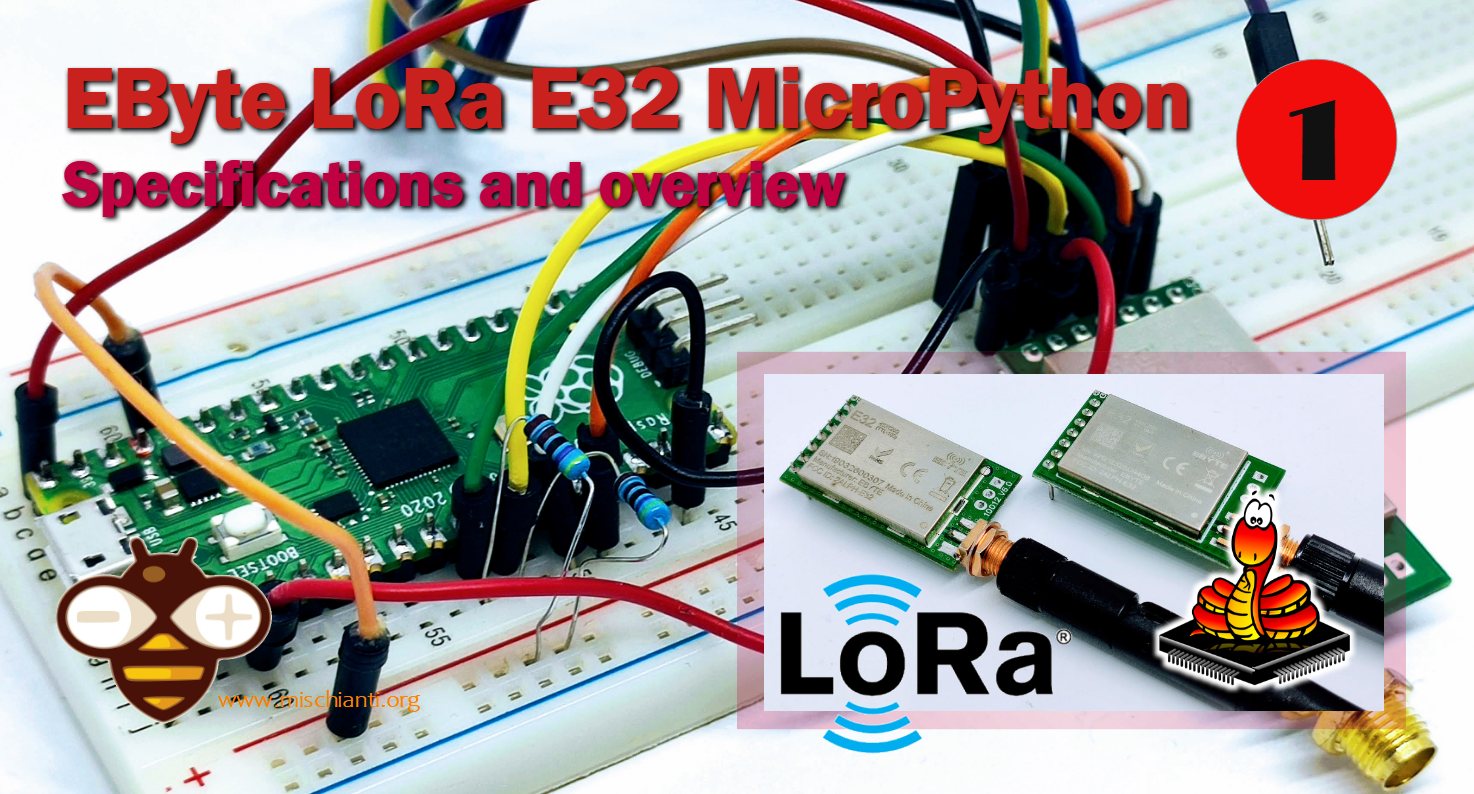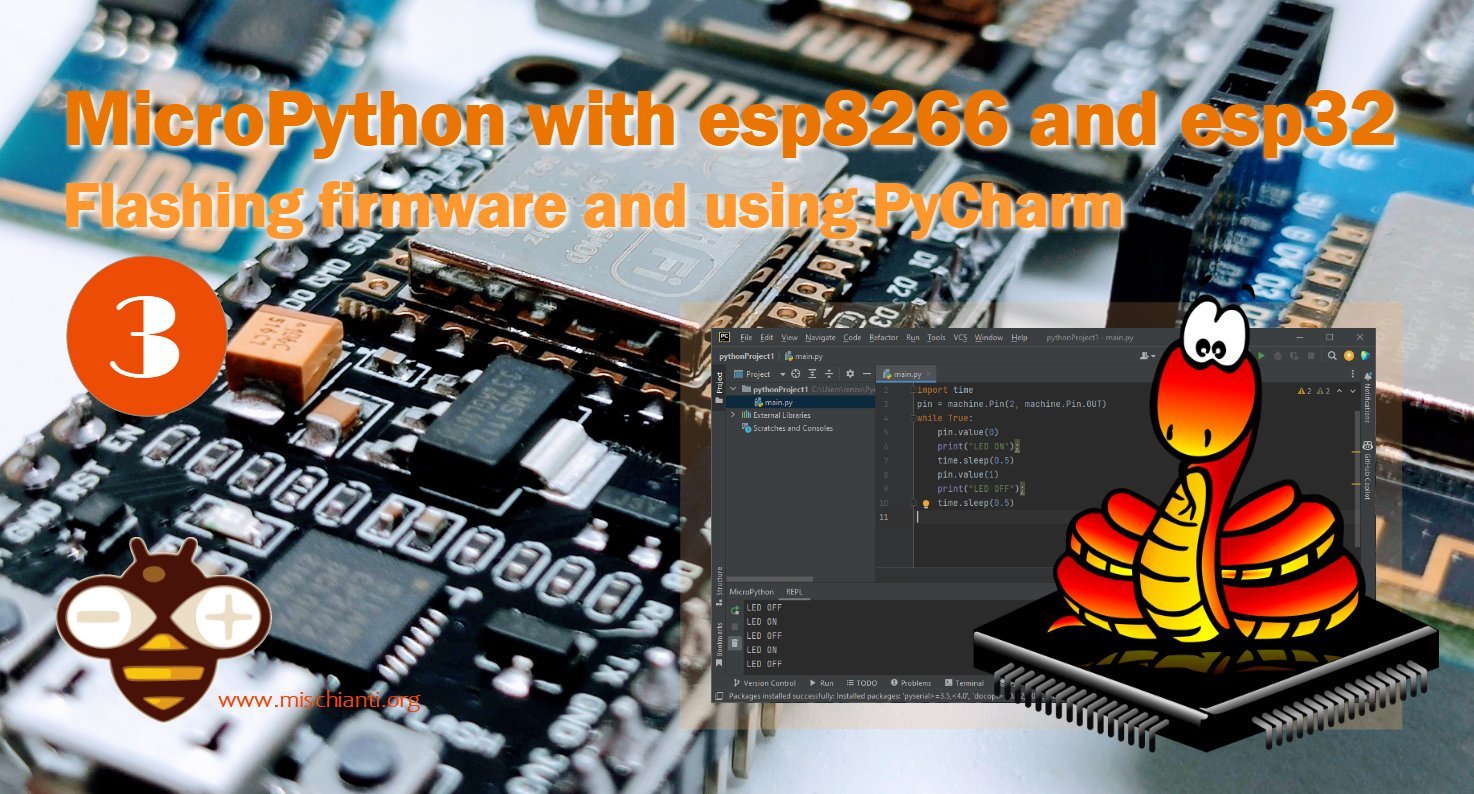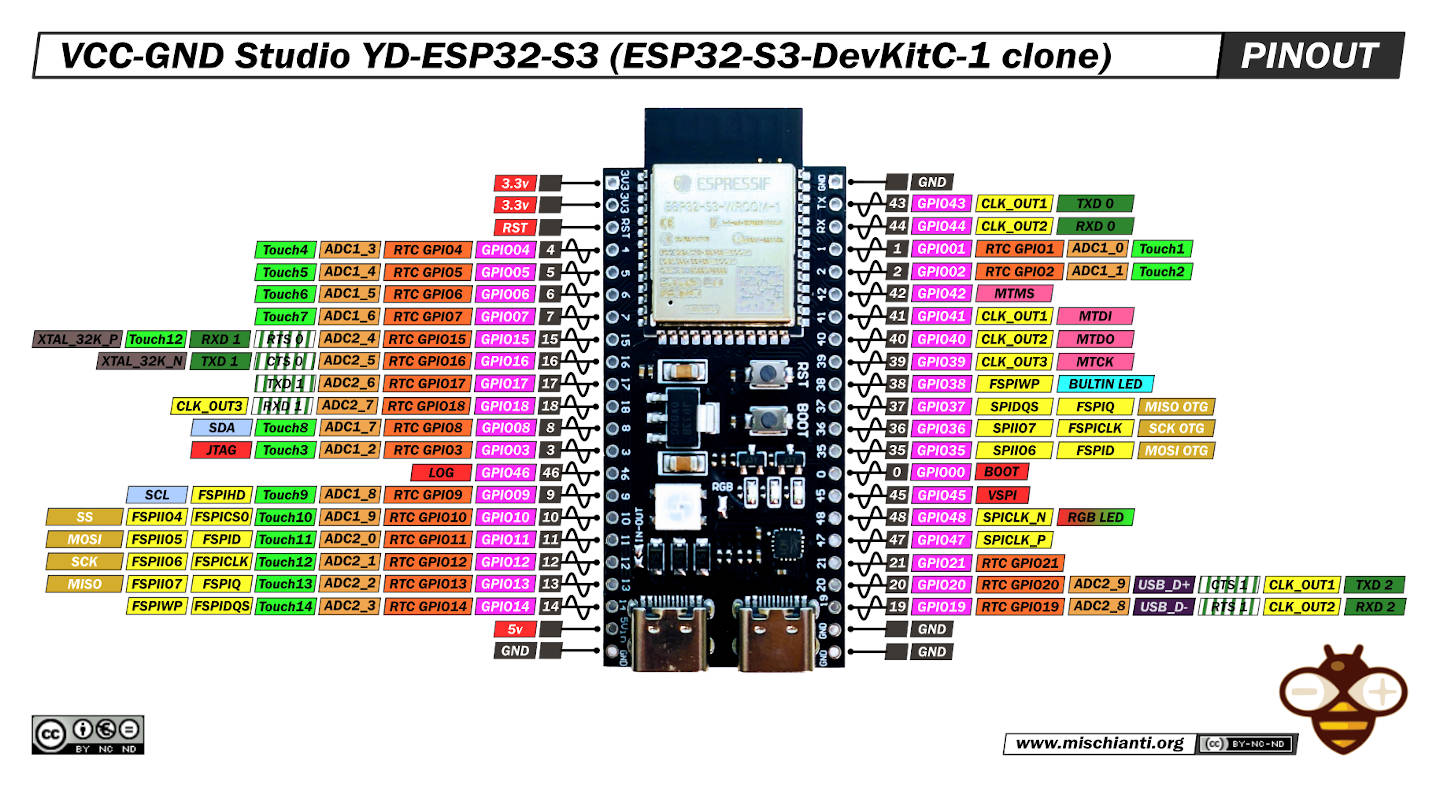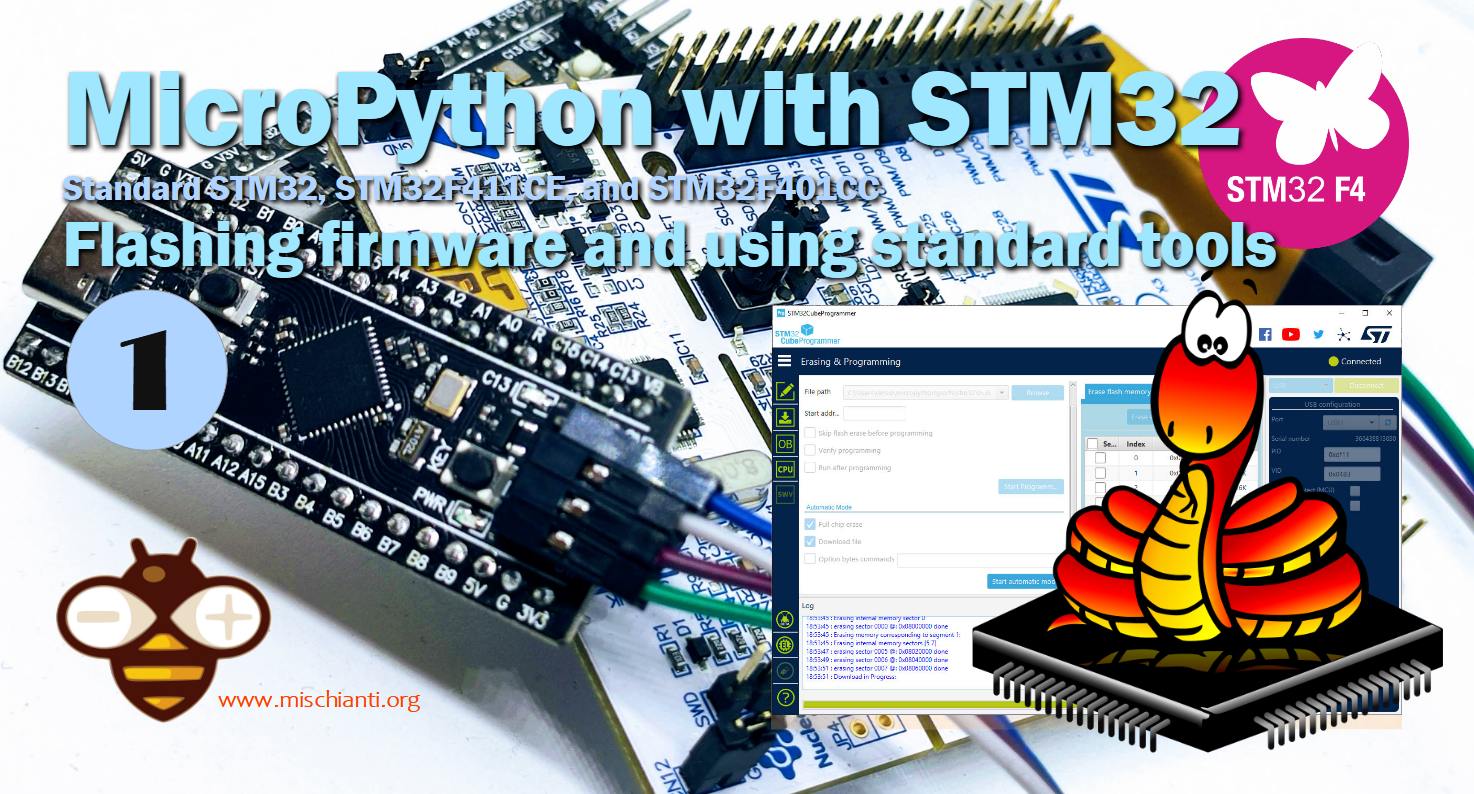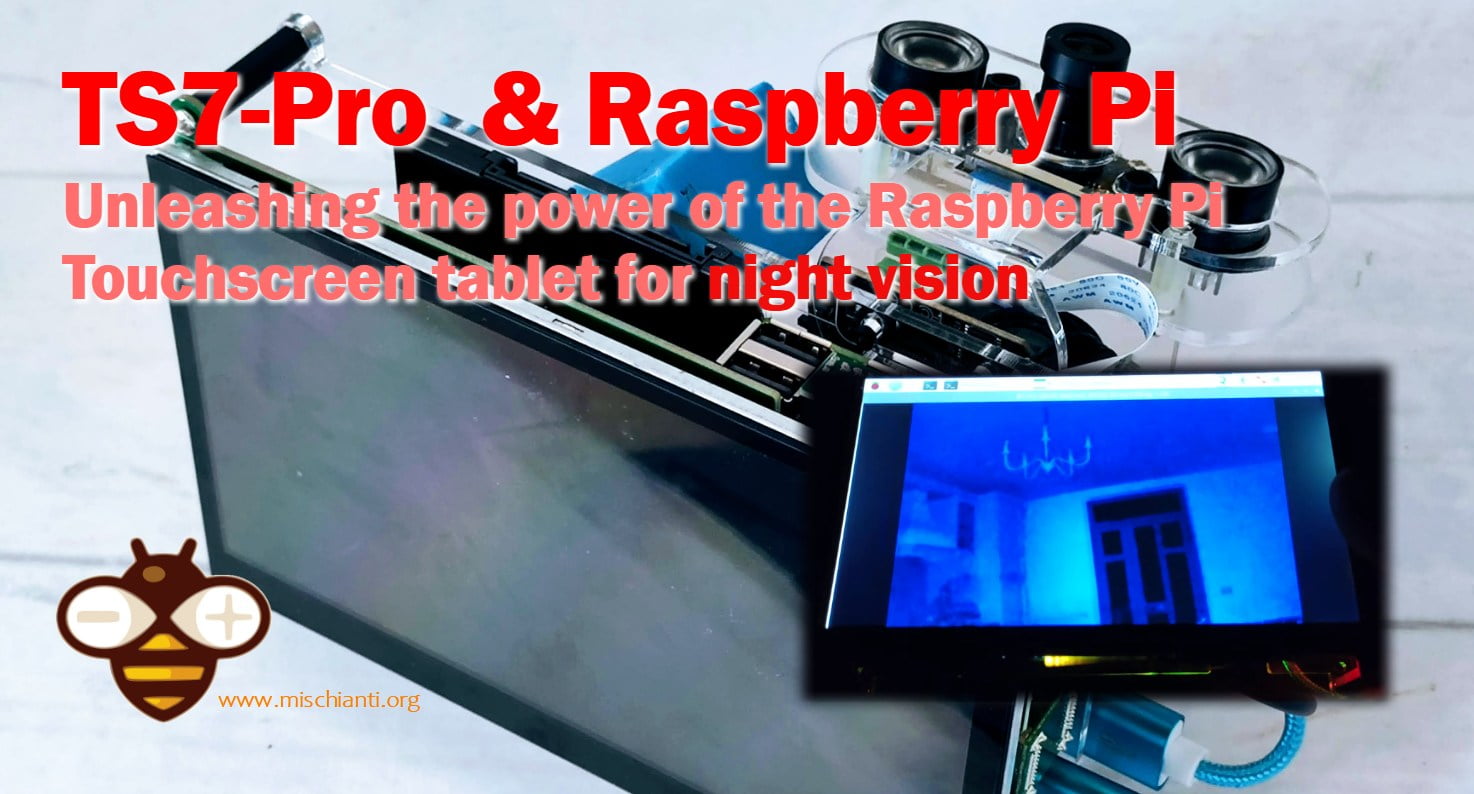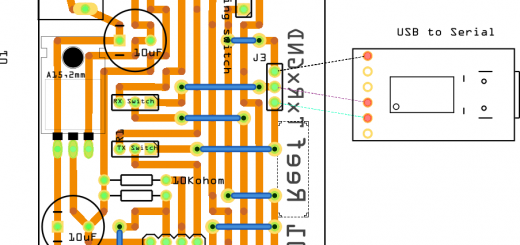Zeus Smart Car Kit: light and WiFi signal boost to explore the dark
The SunFounder Zeus Car Smart Car Kit for Arduino UNO is an educational kit designed for beginners and children to gain hands-on experience in electronics, robotics, and programming.
It’s very fun to upgrade and programming with It.
In this article we are going to apply two upgrade: light and WiFi boost.

